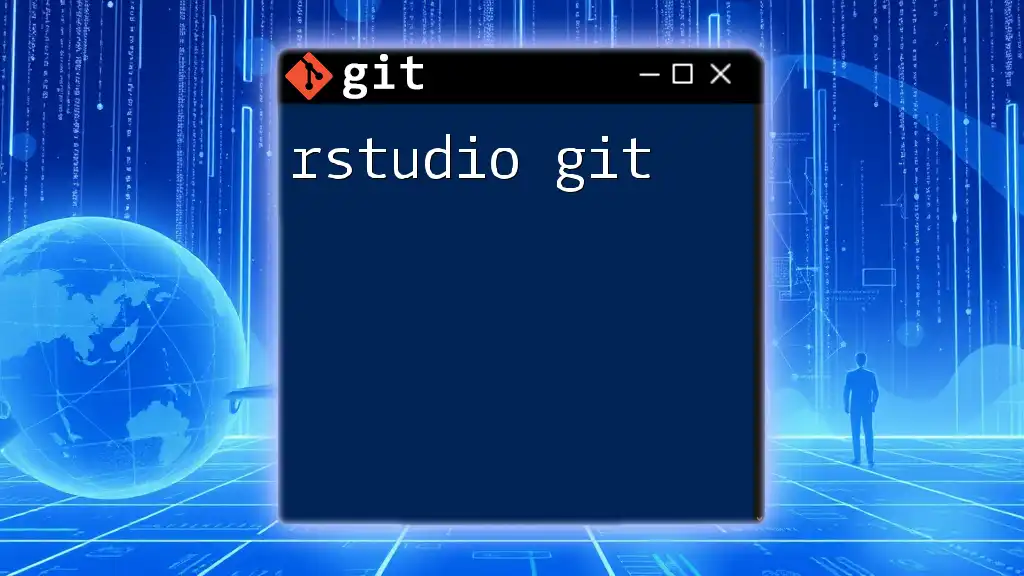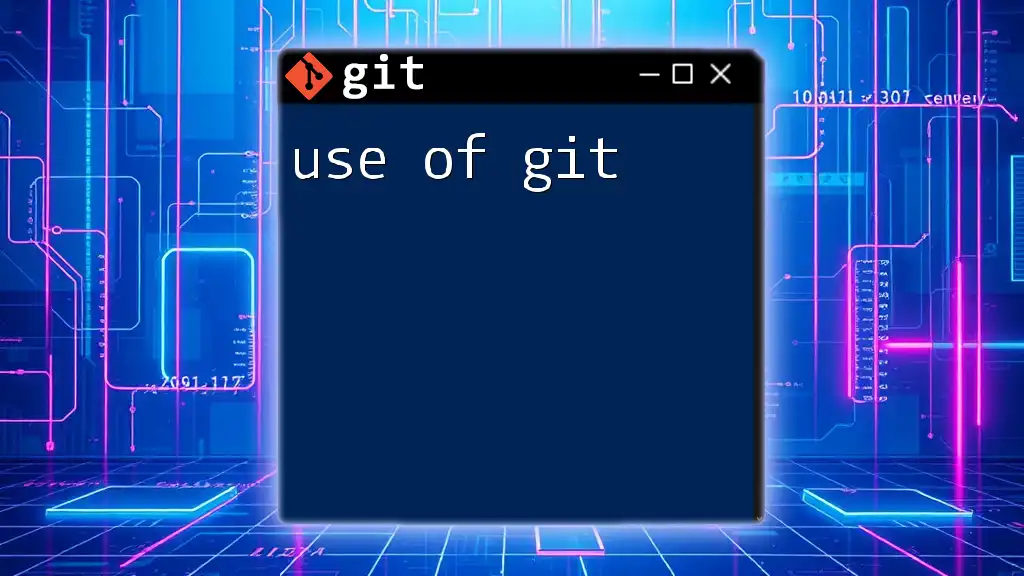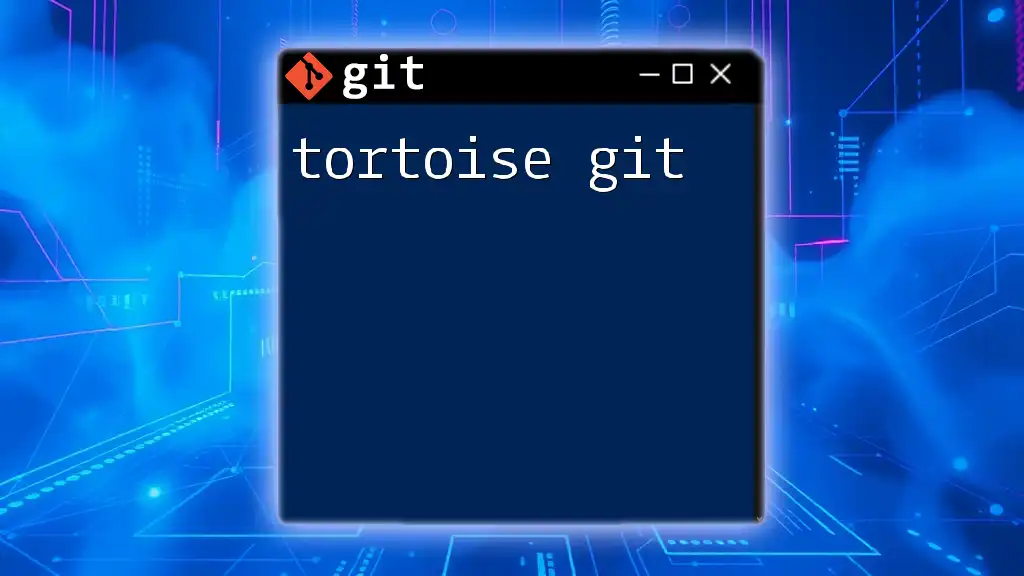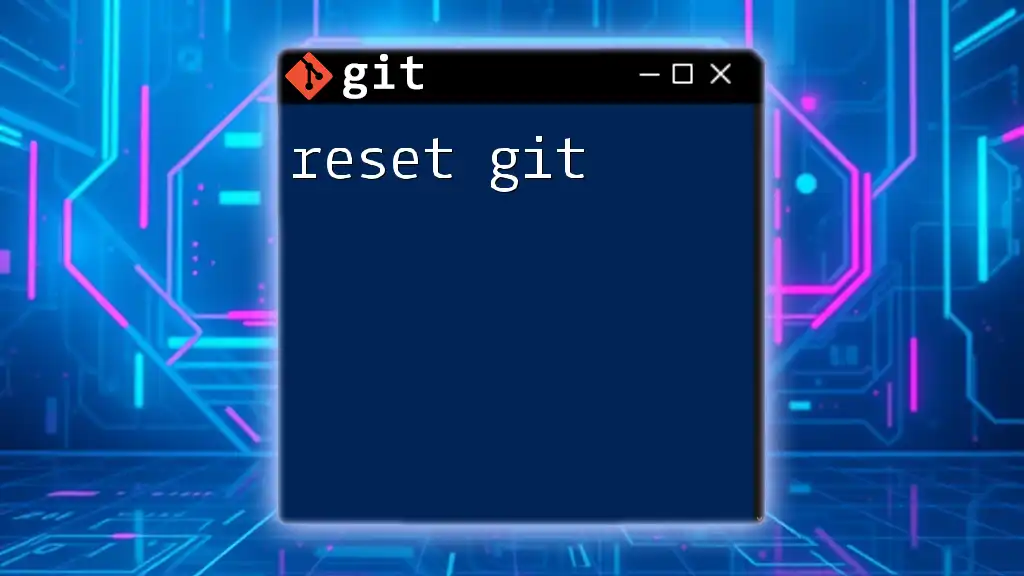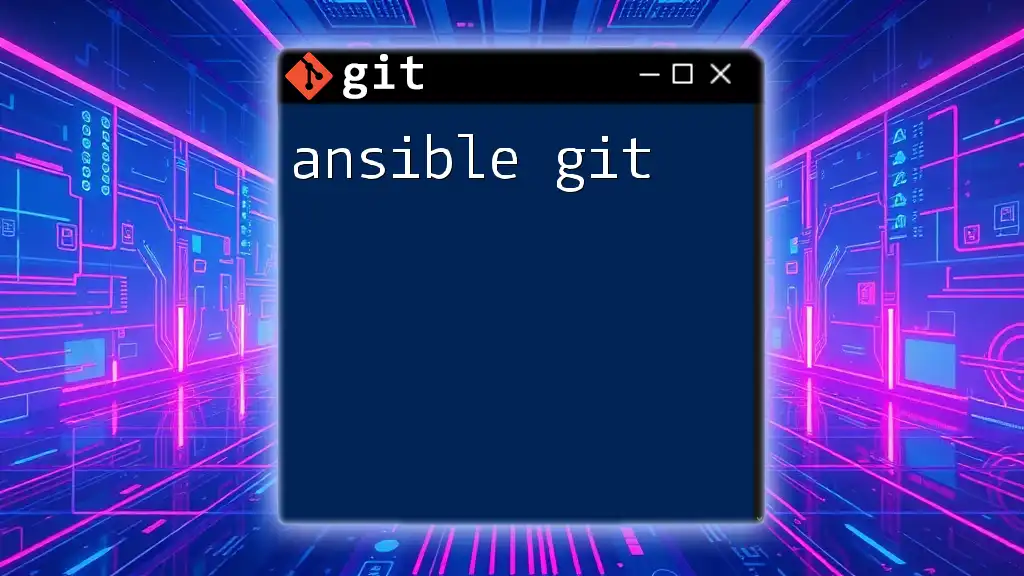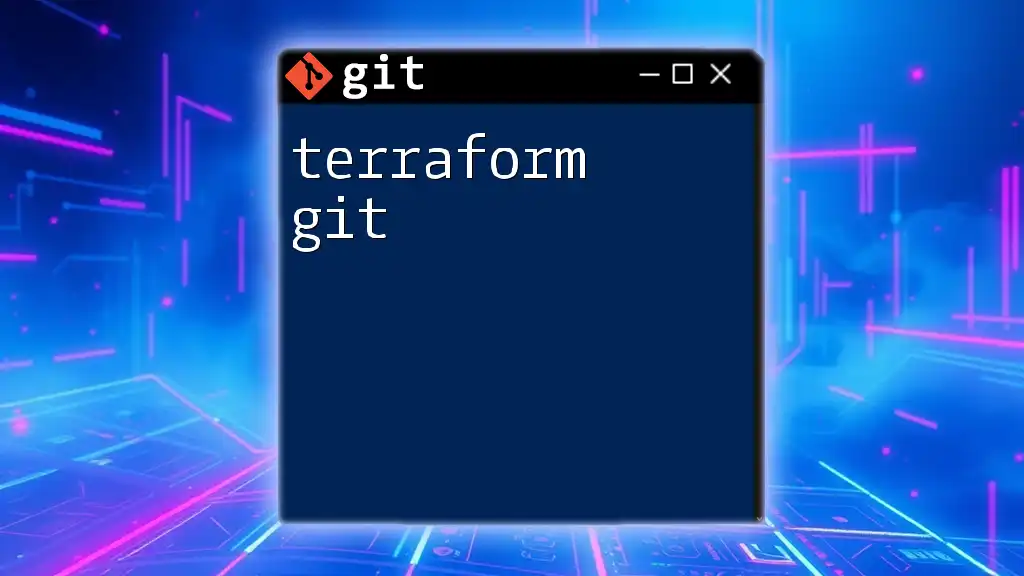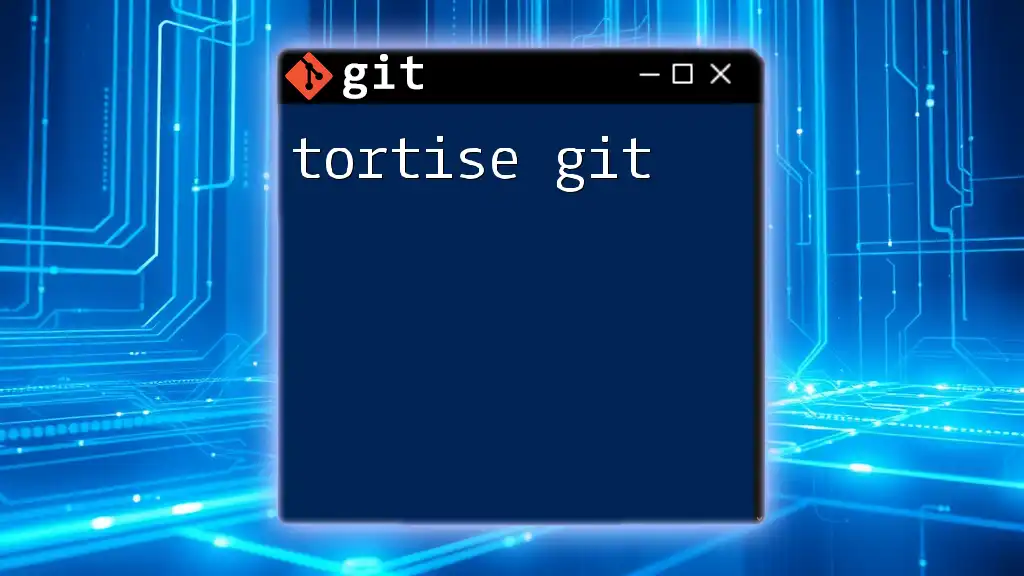TruffleHog is a tool used to search through git repositories for high-entropy secrets, such as API keys or passwords, by scanning commit history and files.
trufflehog --continue --json --deep --show_filename <repository-url>
What is TruffleHog?
TruffleHog is a powerful tool designed to scan Git repositories for sensitive information, such as API keys, passwords, and cryptographic keys. Its primary goal is to help developers and companies maintain security and prevent any exposure of their secrets in publicly accessible codebases.
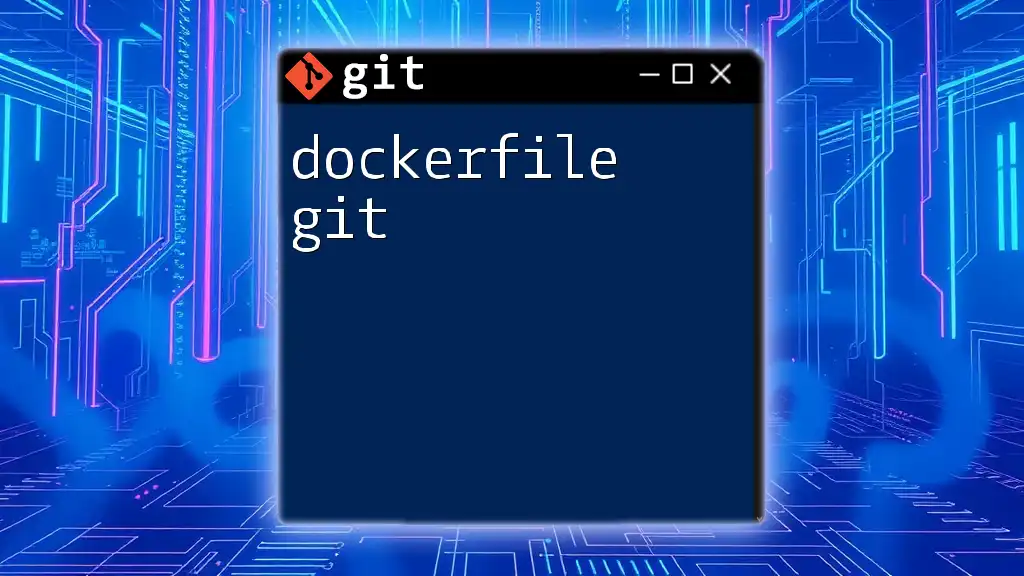
Why Use TruffleHog?
The risk of accidentally exposing sensitive information in code repositories is significant. Misconfigured settings, oversights during commit processes, or careless development practices can all lead to critical secrets becoming publicly visible. Once exposed, these secrets can be exploited by malicious actors, leading to severe data breaches, compromised systems, and hefty financial damages.
Using TruffleHog can swiftly identify these potential risks. For example, in 2020, a well-known incident in the tech industry demonstrated how the exposure of access tokens in a public GitHub repository led to unauthorized access to cloud infrastructure, resulting in extensive downtime and financial losses.
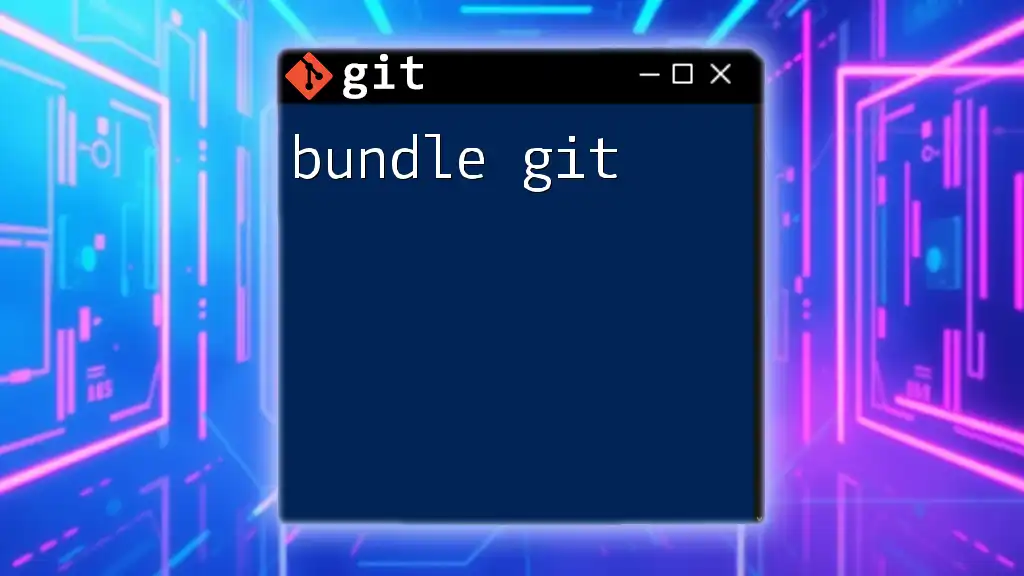
Setting Up TruffleHog
Prerequisites
To begin using TruffleHog, ensure your environment includes:
- Python 3.x: TruffleHog requires Python to run, so ensure you have the right version installed.
- Git: Since TruffleHog scans Git repositories, make sure Git is available on your system.
Installation Steps
Installing TruffleHog is straightforward. You can quickly install it using `pip`, the Python package manager. Use the following command:
pip install trufflehog
After installation, it’s a good idea to verify that TruffleHog is set up correctly. You can do this by checking the version:
trufflehog --version
If the command returns a version number, you are ready to proceed to the configuration phase.
Configuring for First Use
Before running TruffleHog, you may want to customize your setup. While the default settings can work well, it’s worth checking if your organization has specific scanning needs or rules.

Understanding Git and Secrets
Overview of Git
Git is a distributed version control system widely adopted for managing changes in source code. While Git provides excellent advantages for collaboration and version tracking, it can unintentionally expose sensitive information if not managed correctly. Each commit creates a snapshot of the codebase, which may include secrets if developers forget to remove them before committing.
Common Types of Secrets
Common types of secrets that developers should guard against include:
- API Keys: Allow applications to access services and data, requiring secrecy to prevent unauthorized access.
- Passwords: Credentials that, if leaked, can lead to system compromises.
- Encryption Keys: Vital for data security; exposure can allow unauthorized decryption of sensitive information.
- Private Tokens: Used for various authentication mechanisms; their exposure can lead to unauthorized actions being performed on behalf of the user.
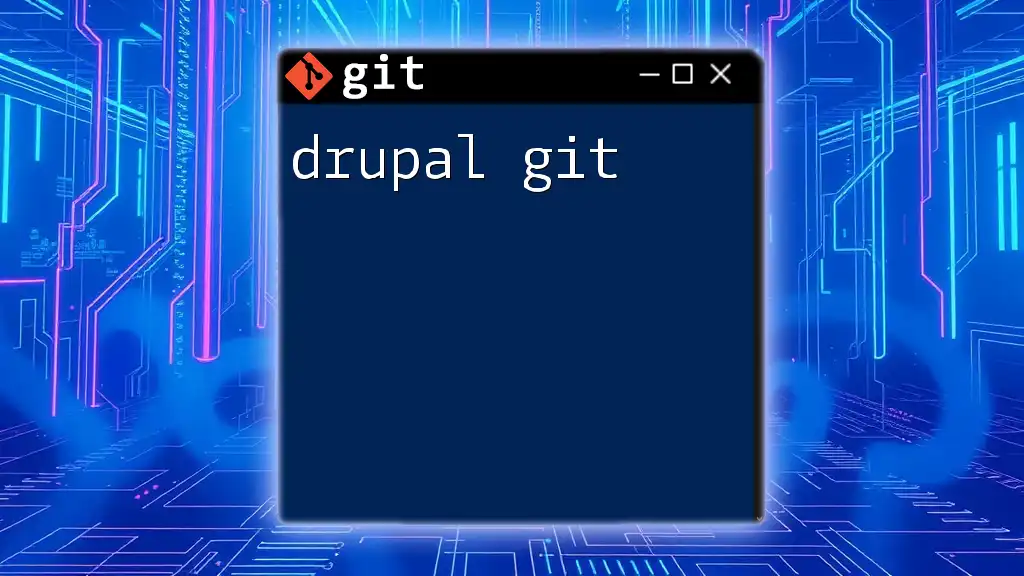
How TruffleHog Works
Scanning Mechanism
TruffleHog operates by scanning through your Git repository's commit history. It employs a combination of regular expressions and heuristics to identify potential secrets. It looks for patterns that match common types of sensitive information, making it effective in catching mismanaged credentials in code.
Understanding the Output
Once TruffleHog completes its scan, it will generate a detailed output. This output includes information about the type of secret identified, the commit in which it was found, and the corresponding files. Understanding these results is crucial for taking action to secure your codebase and mitigate any risks posed by the exposed secrets.
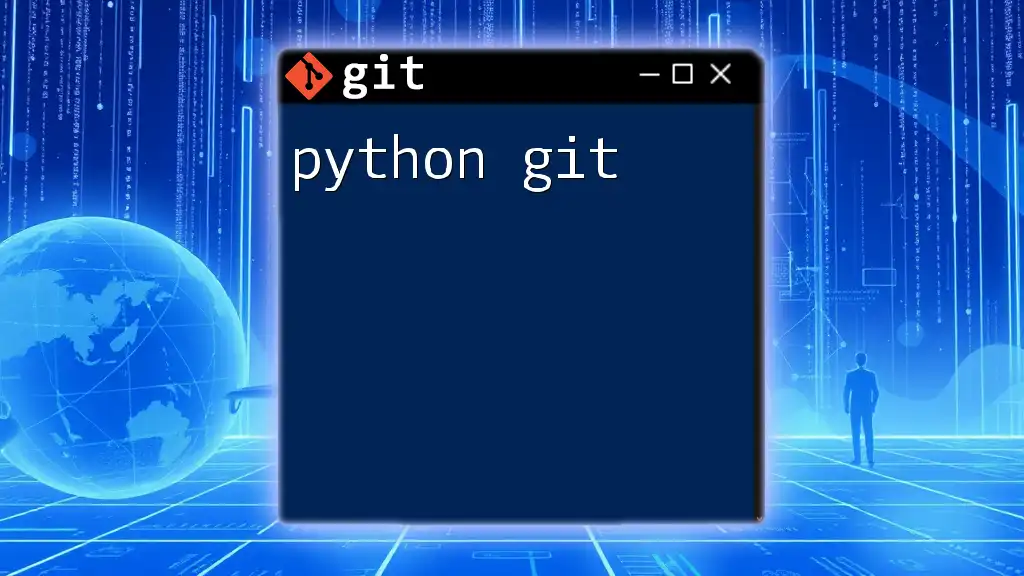
Using TruffleHog on Your Git Repository
Basic Usage of TruffleHog
To run a basic scan on a public repository, you can use the following command:
trufflehog https://github.com/example/repo.git
This command will analyze the specified repository and display any potential secrets it finds.
Scanning Private Repositories
When scanning private repositories, you'll need to authenticate to access them. TruffleHog allows you to use GitHub tokens or other forms of authentication. Here’s an example of how to scan a private repository using a GitHub access token:
trufflehog --git-url https://<token>@github.com/example/repo.git
Advanced Scanning Techniques
TruffleHog also supports advanced features that allow for more customized scanning. For instance, you can specify certain flags to identify specific regex patterns. This is particularly useful if you have unique formatting for secrets in your code. Here’s an example command:
trufflehog --rules /path/to/rules.yaml https://github.com/example/repo.git
By utilizing a custom rules file, you can extend TruffleHog's scanning capabilities to meet your organization’s specific needs.
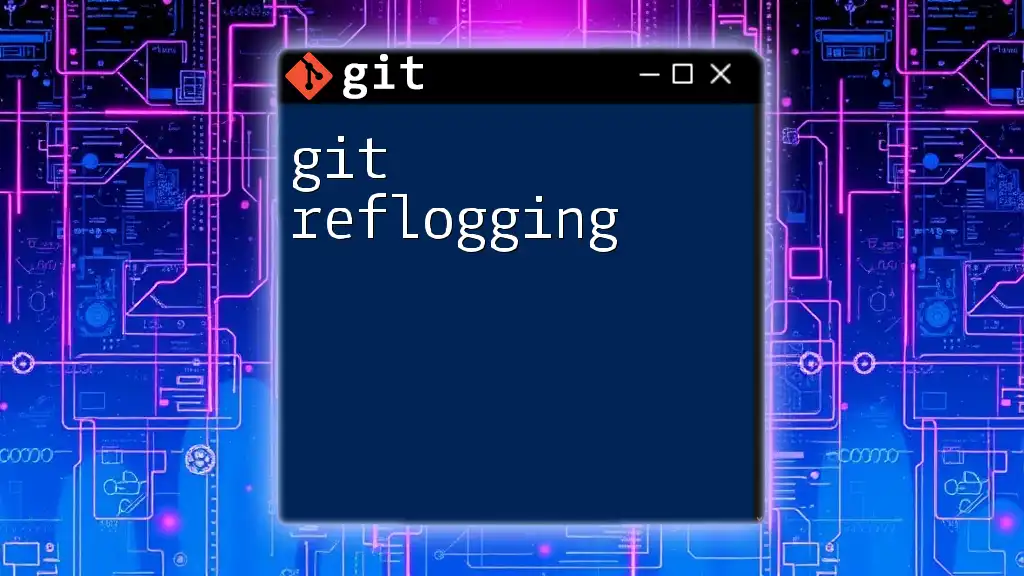
Integrating TruffleHog into CI/CD Pipelines
Importance of Integrating Secret Scanning
Integrating secret scanning into your Continuous Integration/Continuous Deployment (CI/CD) pipelines is essential. As you automate deployments, regular checks can prevent secrets from being introduced into your codebase during the development process.
Setting Up TruffleHog in CI/CD
Here’s an example configuration for incorporating TruffleHog into a GitHub Actions CI/CD workflow. This simple setup ensures that whenever changes are pushed to the repository, TruffleHog runs and checks for exposed secrets:
name: Secret Scan
on: push
jobs:
trufflehog:
runs-on: ubuntu-latest
steps:
- name: Checkout repository
uses: actions/checkout@v2
- name: Run TruffleHog
run: pip install trufflehog && trufflehog HEAD
This example configures a GitHub Action that checks the code for secrets whenever changes are made, enhancing your security posture.
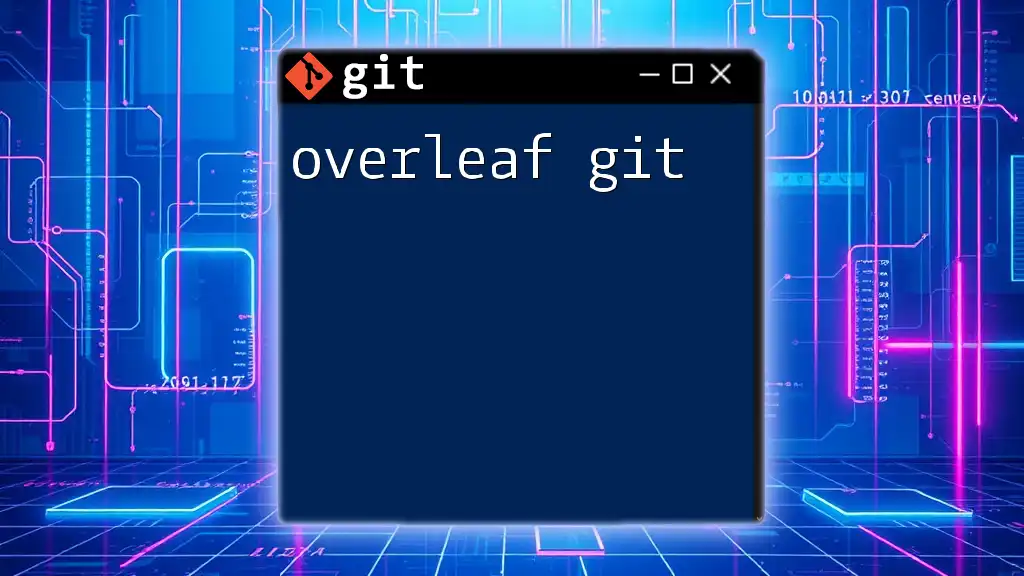
Best Practices for Secret Management
Preventing Secrets in Code
One of the best ways to safeguard against the accidental exposure of sensitive information is to avoid including these secrets in your codebase altogether. Instead, developers should utilize environment variables or secure vaults to manage sensitive data. This maintains a clean separation between code and sensitive information.
Regular Scanning
Incorporate regular audits of your repositories using TruffleHog. Consistent scans can help identify exposed secrets promptly, enabling quick remediation measures before any damage occurs.
Response Plan for Exposed Secrets
In the event that you discover exposed secrets, it is essential to act quickly. Follow these steps:
- Revocation: Immediately revoke or delete the exposed secret to prevent unauthorized access.
- Regeneration: Create new credentials or keys as needed to restore functionality while ensuring security.
- Remediation: Evaluate how the secret was exposed and update your practices to avoid future occurrences.
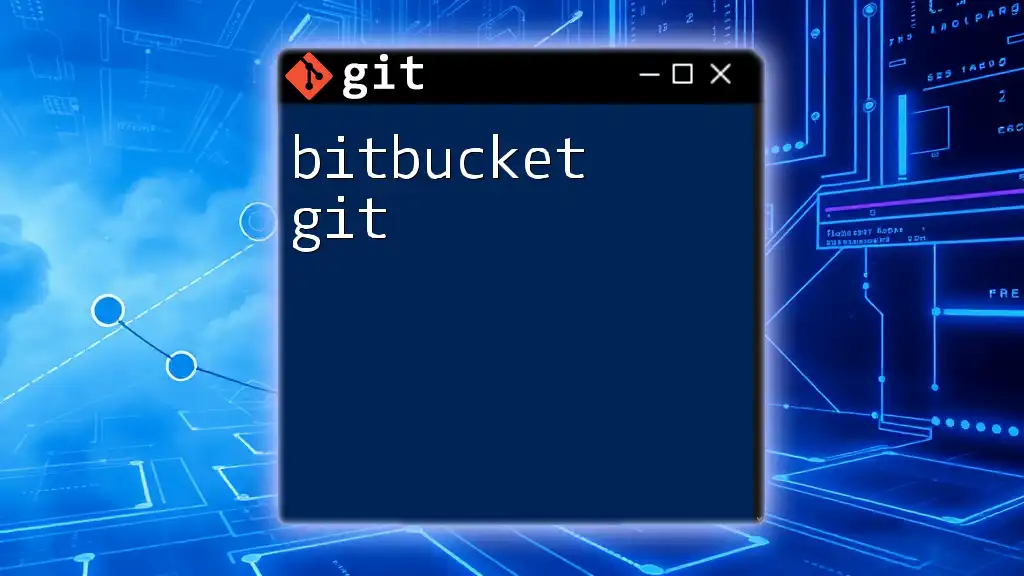
Conclusion
TruffleHog is an invaluable tool for any organization aiming to protect sensitive information within Git repositories. By understanding its functionalities and incorporating it into your workflows, you can significantly reduce the risks associated with exposed secrets. Regularly scanning for vulnerabilities and adopting best practices for secret management will contribute to a more secure development environment.
Additional Resources
For further information, check the official documentation of TruffleHog, participate in community discussions, and explore additional resources that delve deeper into secure coding practices and efficient Git usage.







